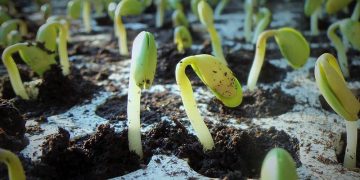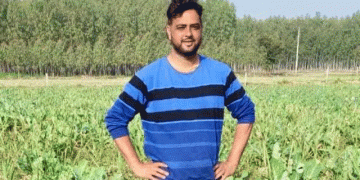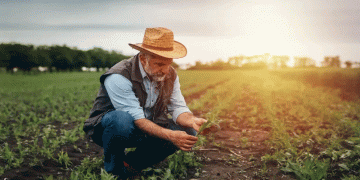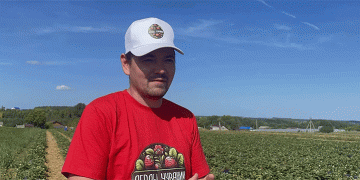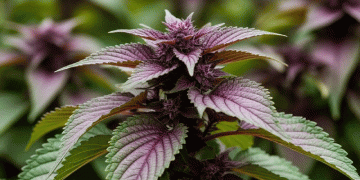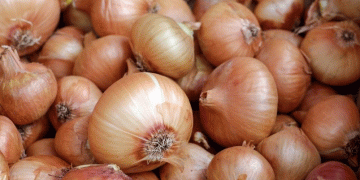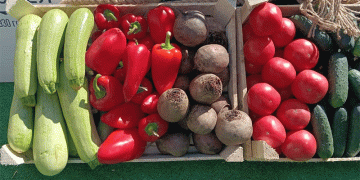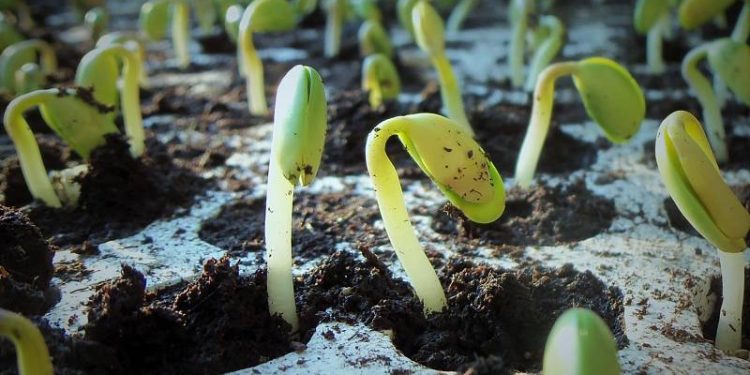#Agriculture #Russia #FarEast #AgriculturalProduction #WeatherConditions #SupportMeasures #CropYield #InfrastructureDevelopment #GovernmentSupport #RuralDevelopment #AgriculturalChallenges #InfectiousDiseases #MarketDynamics
In 2023, agricultural production in most regions of Russia’s Far East witnessed a decline, influenced by unfavorable weather conditions that damaged crops. However, efforts are underway to expand cultivation areas and introduce additional support measures in the sector. Despite challenges such as infectious disease outbreaks affecting major enterprises, there are promising initiatives aimed at revitalizing agricultural activities.
According to data from the Ministry of Agriculture of the Russian Federation, only four regions in the Russian Far East demonstrated positive growth in agricultural production in 2023. The Jewish Autonomous Oblast exhibited the most significant increase at 13.9%, followed by Magadan Oblast (+3.5%), Buryatia (+2.7%), and Yakutia (+0.2%). Conversely, overall agricultural production in the country experienced a slight decline, with the index dropping to 99.7%. However, the index for the Russian Far East stood at only 93.9%, indicating a more pronounced decrease in production compared to the national average.
The Primorsky Krai, traditionally a leading producer of agricultural goods, faced notable challenges due to adverse weather conditions in 2023. Floods significantly impacted the harvest of soybeans and corn, resulting in substantial losses for farmers. To mitigate the effects, authorities plan to increase cultivation areas by 1% in the current year, focusing on crops like corn and rice. However, concerns have arisen regarding the shortage of mineral fertilizers, with only 30% of the required volume stocked for the upcoming planting season. Efforts to import additional fertilizers via rail transport from Siberia have encountered difficulties due to high volumes of outbound exports.
Meanwhile, agricultural producers in the Amur Oblast are gearing up for a substantial expansion of corn cultivation, with plans to surpass 55,000 hectares in 2024, doubling the previous year’s acreage. Initiatives such as the establishment of grain elevators by companies like “Target Agro” aim to enhance grain processing infrastructure, facilitating increased production and storage capacities.
In the neighboring Zabaykalsky Krai, efforts to boost agricultural exports have yielded promising results, with a 1.7-fold increase recorded in 2023 compared to the previous year. The region’s Ministry of Agriculture highlighted significant growth in grain exports, albeit with a substantial portion being transited through the region rather than originating from local farms.
Government support remains pivotal in sustaining agricultural activities in the Far East. In 2023, the Ministry of Agriculture allocated approximately 11 billion rubles for agricultural support in the region, with a significant portion earmarked for greenhouse construction. This year, additional funding exceeding 500 million rubles is planned for the establishment of greenhouse complexes, aiming to enhance regional self-sufficiency in vegetable production.
Local authorities are also stepping up efforts to support rural economies. In the Zabaykalsky Krai, subsidies for wool production have been nearly doubled to address declining market prices, providing much-needed relief to sheep breeders. Similarly, the Amur Oblast has allocated 12.4 million rubles to support young professionals engaged in agricultural activities under the “Comprehensive Rural Development” program, offering substantial one-time payments based on residency and employment criteria.
However, recent outbreaks of infectious diseases on agricultural enterprises pose significant challenges to production. The imposition of quarantines in response to avian influenza outbreaks in the Sakhalin Oblast underscores the ongoing risks faced by the sector, necessitating swift containment measures and compensation mechanisms for affected businesses.
The agricultural landscape in Russia’s Far East reflects a dynamic interplay of challenges and opportunities. While adverse weather conditions and infectious disease outbreaks present immediate hurdles, concerted efforts to expand cultivation areas, enhance infrastructure, and provide targeted support are laying the groundwork for sustainable agricultural development in the region.
